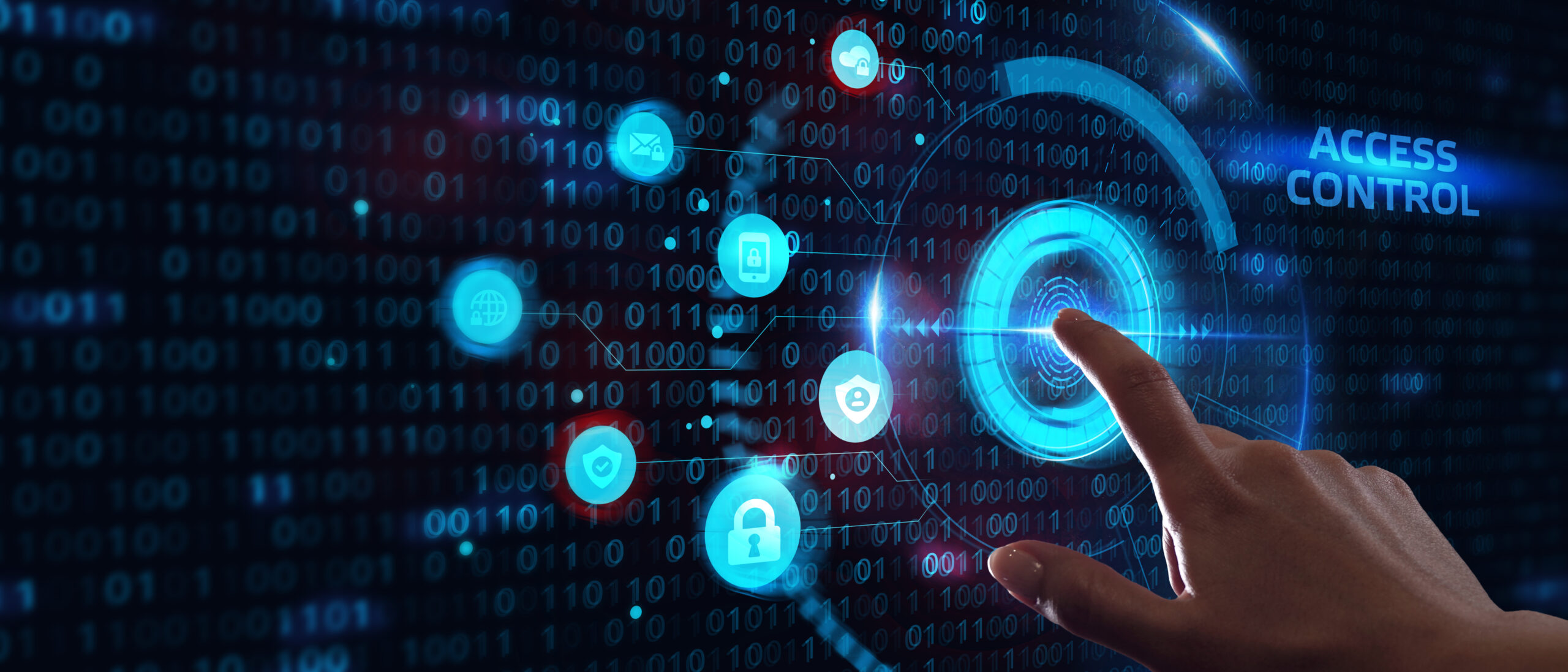With digitization, information is programmatically stored, and data is the lifeblood of businesses. Access control has become more critical than ever. It serves as the gatekeeper to safeguard valuable assets, whether they are physical or digital. From sensitive company data to confidential customer information, access control maintains the integrity, confidentiality, reputation, and availability of resources. Discover why access control is essential, and the many ways it benefits individuals, organizations, and society at large.
Essential Needs:
Safeguarding Intellectual Property
For businesses and organizations, intellectual property is often one of their most valuable assets. Unauthorized access to such property can lead to devastating consequences, including theft to internal strategy, data leaks, or hack for ransom as we’ve seen with the costly MGM casino hack. Access control measures help protect these critical assets from unauthorized viewing or theft, safeguarding a company’s reputation and future operations.
Protecting Data Privacy
Data breaches have become common in recent years. One authentication method is no longer enough to protect the inner framework of access that lies within. Having a system in place that utilizes dynamic strategy, such as multi-factor authentication and time limits, ensures that only authorized individuals have access to sensitive data in the timeframe permitted. By restricting access to confidential information with robust access control, the risk of data leaks and breaches are mitigated more effectively.
Ensuring Data Privacy & Regulatory Compliance
Several states have passed privacy laws; such as the California Privacy Rights Act (CPRA), Virginia Consumer Data Protection Act (VCDPA), and many more following. Various industries are subject to strict regulatory frameworks that require adherence to specific security standards. Access control is essential in meeting these compliance requirements. By providing an auditable trail of who accessed what, when, and why, organizations can demonstrate effective measures to protect individuals’ privacy and uphold legal compliance.
Preventing Unauthorized Physical Access
Access control isn’t limited to digital resources; it’s equally important for physical security. It ensures that only authorized personnel can enter secure areas such as data centers, server rooms, or even a company’s premises after hours. Often, physical access is the key needed for a digital breach. By securing the premise, this prevents theft, vandalism, and unauthorized access, maintaining safety and order.
Mitigating Insider Threats
While external threats are widely recognized, insider threats can be equally damaging. Insider threat is not always intentional or malicious, as employees can fall victim to phishing attacks or social engineering. Regardless of innocent or malicious intent, with an employee’s credentials compromised, the inner system must be effective in limiting damage if breached. Access control helps organizations monitor and control employees’ access to systems and data. This not only deters malicious actions but also helps detect and respond to suspicious activities in a timely manner. For example, systems like ReconaSense automate responses based on threat level, safeguarding in an instant before the intruder can go further.
Operational Benefits:
Enhancing User Productivity
Access control doesn’t just restrict access; it also streamlines it. With a centralized management system in place, eliminates time wasted on seeking approvals or navigating complicated access processes. Employees can access the resources they need quickly and efficiently, increasing productivity.
Scalability
As organizations grow and evolve, their access permissions change as employees promote or exit the company. Instilling a modern system that automates access levels allows businesses to adapt with better accuracy and without compromising security. This allows security measures to accommodate new users, technologies, and resources with ease.
Customized Access Levels
Not all users require the same level of access or restrictions. Access control enables organizations to define roles and permissions, ensuring that individuals only have access to the resources necessary for their job responsibilities. This principle of role-based access control minimizes the risk of unauthorized access and potential misuse of information, while also making team growth easy. Without the need to automatically assign permissions as employees promote or leave, access will automatically update as their roles change over time.
Reducing Costs
While investing in access control systems may seem like an added expense, it can actually lead to cost savings in the long run. Preventing security breaches, reducing the risk of data loss, and avoiding regulatory fines can result in significant savings compared to the costs of a security incident. It also reduces the need for manual labor, freeing up the workforce to focus on more strategic tasks.
Knowledge is power, making Information an essential asset to businesses. One security breach can have catastrophic consequences for organizations and their network. Access control is critical to the foundation upon which data privacy, intellectual property, physical security, and regulatory compliance are protected. By maintaining modern access control measures, organizations can enjoy greater security in an increasingly digital world. Access control is not just about restricting access; it’s about enabling the right access, to the right people, at the right time.
